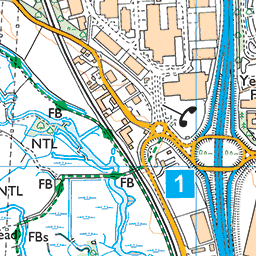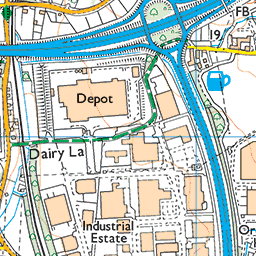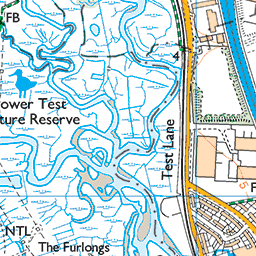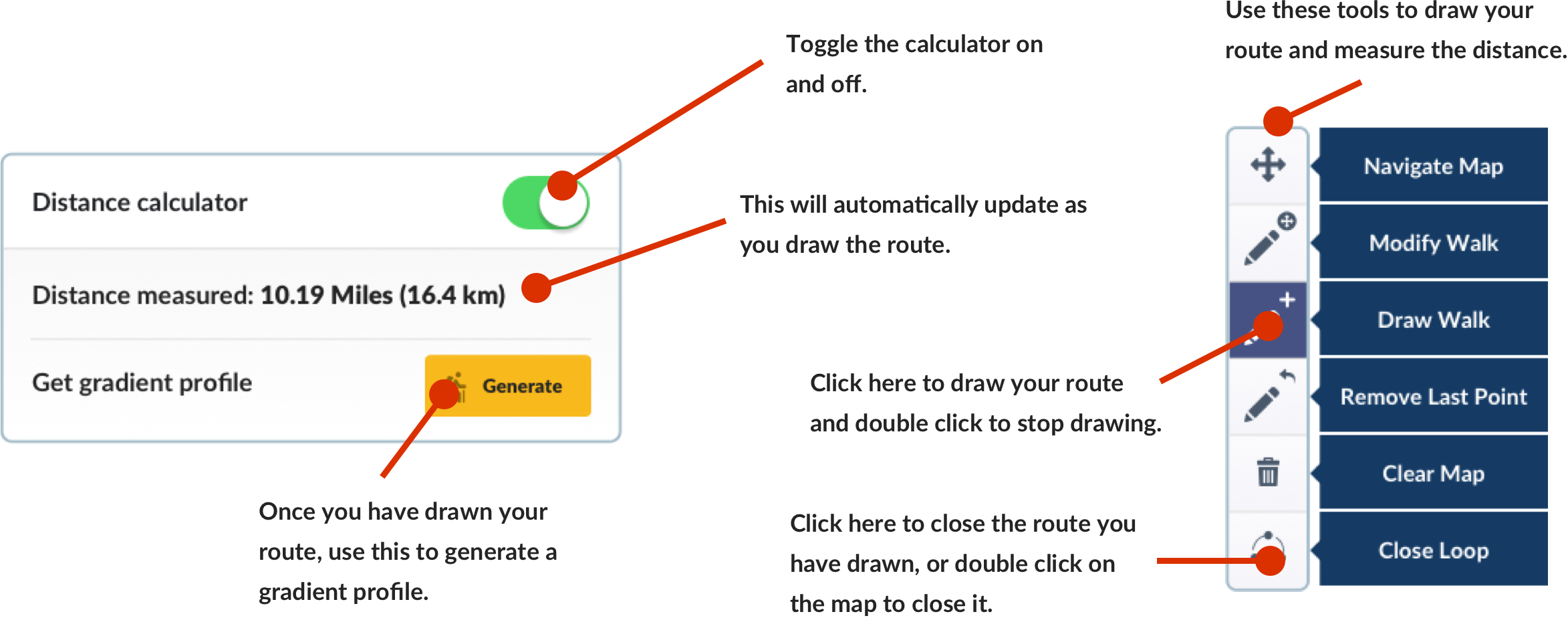Wedi’i ychwanegu at eich Cynllunydd Taith isod
Cyfrifiannell pellter
Hidlwyr Map
Customise your trip with our filters.
Hidlwyr Map

Ewch o un opsiwn i’r llall isod i ddangos y marcwyr sydd ar gael.
Cyffredinol Marchogaeth BeicioLlety
Pwyntiau o ddiddordeb
Gwasanaethau
Llwybrau
Llety
Pwyntiau o ddiddordeb
Trafnidiaeth
Llety
Pwyntiau o ddiddordeb
Trafnidiaeth


















Mae'r proffil o uchder eich teithlen yn cael ei greu pan fyddwch yn defnyddio’r cyfrifiannell pellter (uchod) i dynnu llinell.
Mae'r proffil o uchder eich teithlen yn cael ei greu pan fyddwch yn defnyddio’r cyfrifiannell pellter i dynnu llinell.

After the Black Gold’ takes its inspiration from the local mining heritage of Woolage village. Known as ‘White City’ to the mining community, Woolage Village was built in 1912 to accommodate miners and workers associated with nearby Snowdown Colliery. The piece is purposely simple, it takes the form of a timber structure supporting two lean-to roof pitches which together provide shelter for a bench.
The sculpture is oriented on the axis towards the old colliery to draw a connection to the site’s history and to benefit from the existing view of it from the recreation ground.
The structure invites walkers on the North Downs Way trail to sit, rest and consider the layers of human intervention in this landscape. On one side you can see the beautiful views looking out towards the colliery and on the other side the houses and play area of the village.

